Trail Running and Road Running: Two Different Challenges for the Body
Trail Running vs. Road Running: Unique Physical and Mental Demands
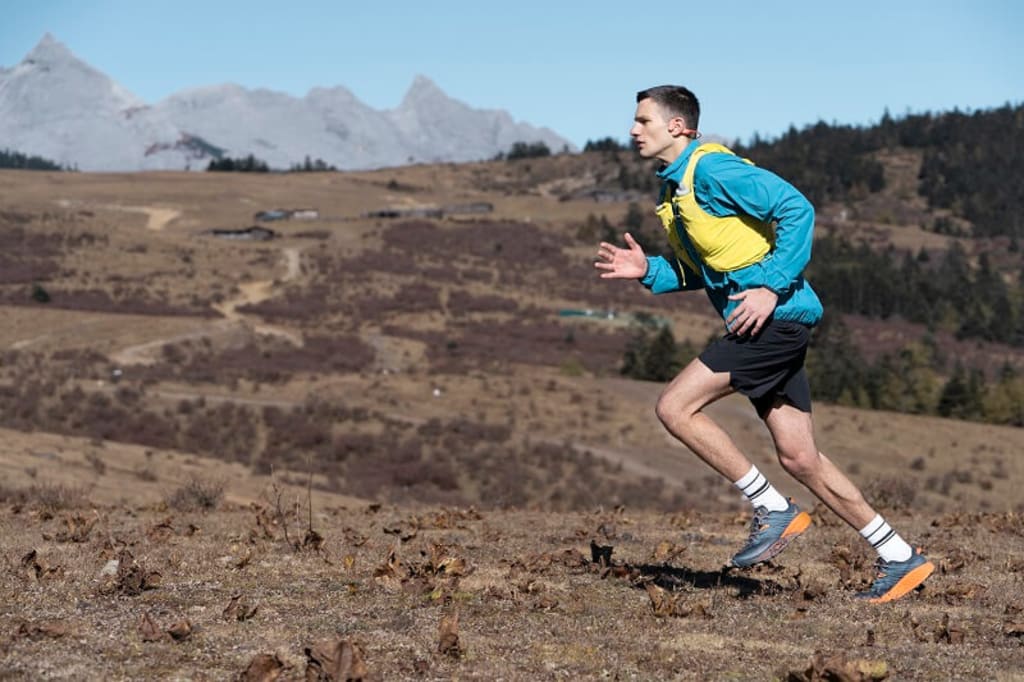
Running on pavement and running on trails, also known as trail running, are entirely different experiences. Pavement provides a relatively flat surface with few obstacles. In contrast, trail running requires navigating uneven terrain, fallen leaves, rocks, gravel, or mud, demanding continuous adjustments from the runner.
The differences in terrain lead to different physiological demands between the two types of running. Those planning to transition from road running to trail running need to prepare for new challenges.
Trail running requires high concentration and the skill to adjust steps flexibly to avoid tripping. Endurance and muscle strength are also more heavily challenged due to the difficult terrain.
1. You Will Use Different Muscle Groups When Running on Different Terrains.
Regardless of the terrain, the running motion involves putting one foot in front of the other.
However, when running on pavement with relatively flat terrain, you simply repeat a straightforward motion with high efficiency. The load during running is evenly distributed among muscles such as the thighs, hips, hamstrings, glutes, and calves, which work in harmony to help you move forward.
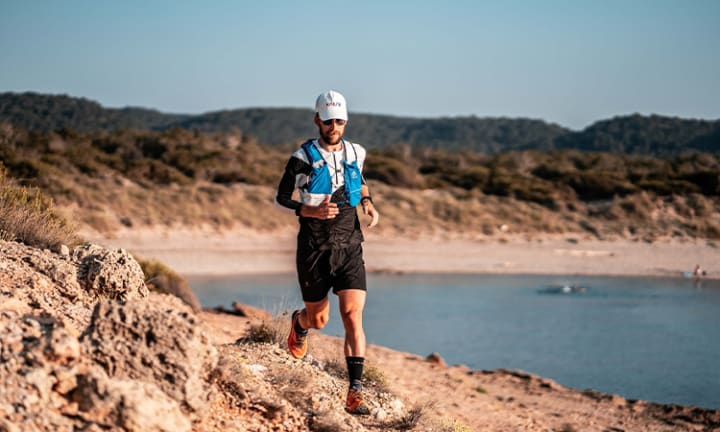
In contrast, when running on rugged trails with terrain that includes tree roots, rocks, dips, slopes, etc., the force distribution across the muscles is uneven. While running, you will engage in various movements, from lateral shifts to eccentric contractions, with different actions on inclines, requiring more strength and flexibility than road running. Therefore, trail running demands greater involvement of the hips and stabilizing muscles like the glutes, core, and smaller muscles in the ankles and feet to help maintain balance and stability as you navigate obstacles.
In trail running, although major muscles like the thighs perform the primary function, it is the smaller muscles that help you stay stable on rugged paths. Trail running requires more full-body engagement compared to road running. Strength and stability training will develop both major and minor muscle groups, aiding in effectively conquering rocky and steep terrain.
2. Trail Running Technique is More Flexible
There is no perfect running technique that suits everyone. Each person’s body structure and movement patterns are different, but you can adjust your running technique to improve performance or prevent injuries. In road running, the goal is to maintain a consistent pace and running form throughout the distance. However, on trails, a coach from Runner’s World stated, " you need to react more quickly to what’s ahead – and your running technique will change depending on the difficulty of the terrain, surface, and slope."
Another coach from Runner's World explains that running uphill and downhill requires different mechanical movements. When running uphill, your stride naturally shortens, and "you need to lean slightly forward from the ankles to shift your center of gravity forward." This will help you ascend more easily.
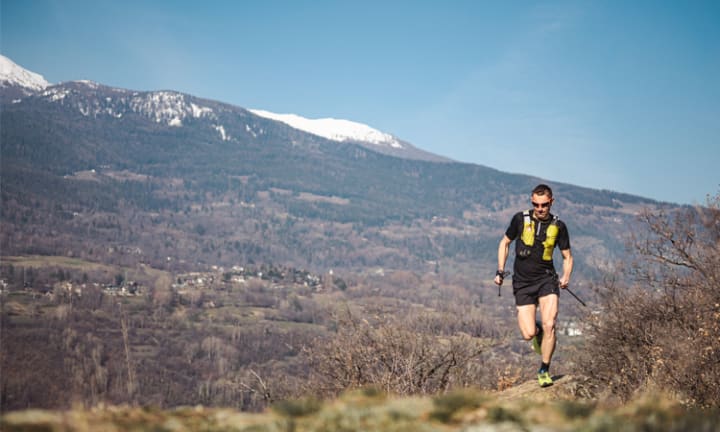
When running downhill, there is a tendency to overstride, which can be harmful to your muscles. The Runner’s World coach advises, "Keep your steps short and move your feet more quickly and rhythmically while maintaining proper running form. This will help you adjust more flexibly. The best downhill runners are those who move their feet quickly enough that any misstep is corrected by the next step."
3. The Mentality of Trail Running and Road Running Differs
One of the interesting aspects of road running is that as long as you know where you are going, you can comfortably relax your mind and think about other things. Additionally, pavement or track running allows you to truly push your speed limits – even when you are in an almost meditative mental state.
Trail running, on the other hand, is different. On a trail run, you are forced to focus on the path. If you lose concentration, you could run into obstacles and "fall flat on your face." This concentration doesn’t mean you can’t notice your surroundings; rather, it means you must pay attention to your footwork.
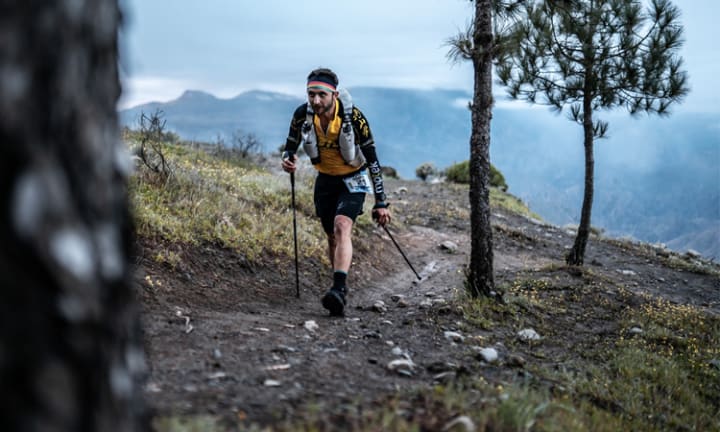
When trail running, don't focus too much on your speed. Trail running speeds are considerably slower than road running. In trail running, sometimes running slowly or brisk walking is the key to finishing faster than your competitors.
Instead of measuring distance, plan your trail runs based on time. Trail running isn't about achieving specific distance or speed goals like road running. The larger goal is to build endurance, physical strength, and mental resilience. Furthermore, trail running requires constant focus and adaptation, so tracking distance can distract you and affect your running experience.
You might not reach specific mileage milestones, but trust that trail running contributes to your bigger goals, whether that's better endurance, a healthier body, or even a new personal record on the road or trail.
Enjoy the journey of trail running with a focused mindset and a readiness to embrace new challenges. Trail running not only helps you physically but also offers an exciting experience and connects you with nature.
4. Conclusion
Running on pavement and trails differs significantly in both physical and mental aspects. Trail running demands high concentration, flexible footwork, and the involvement of more muscle groups to navigate rugged terrains. It also presents new psychological challenges, requiring you to remain present and engaged with the reality of the trail.
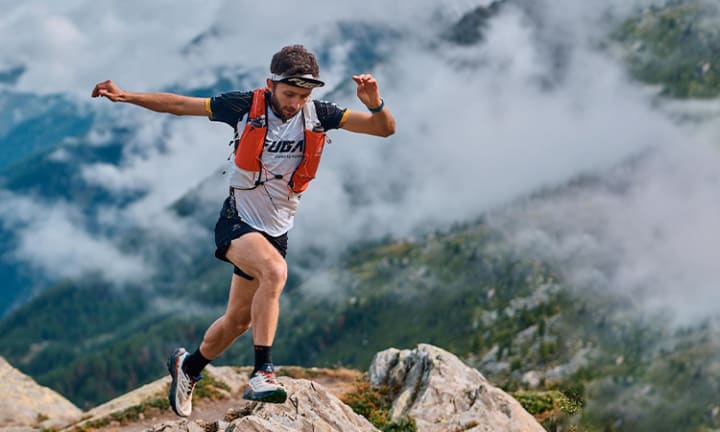
However, these challenges also bring great benefits. Trail running not only builds endurance and overall body strength but also helps you connect with nature and experience new and exciting sensations. It is a journey that enhances both physical and mental fitness while helping you identify and surpass your personal limits.
Therefore, be ready to embrace the challenges when transitioning to trail running. Focus on each step, relax your mind, and fully enjoy the journey. Don't fixate on speed or distance; instead, save your energy for conquering each difficult segment. Trust that every effort you put into trail running will bring you closer to your larger goals of health, resilience, and self-discovery.
About the Creator
James Ospina
A twenty-something English writer passionate about entertainment, sports, and sharing diverse life experiences.
Enjoyed the story? Support the Creator.
Subscribe for free to receive all their stories in your feed. You could also pledge your support or give them a one-off tip, letting them know you appreciate their work.






Comments
There are no comments for this story
Be the first to respond and start the conversation.